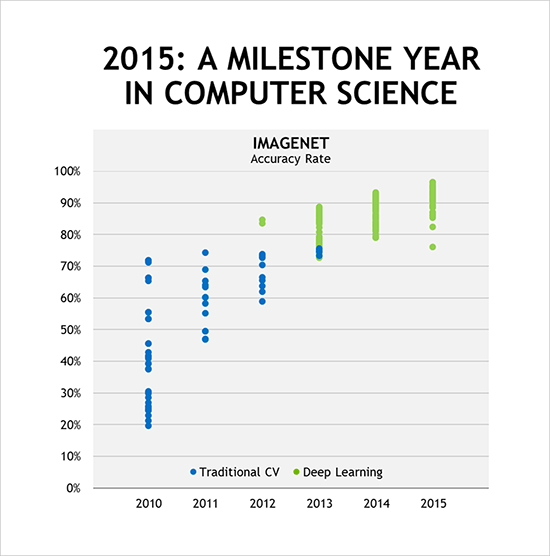Silent_Buddha
Legend
That is like claiming hand writing is better than letterpress because it would be unfair to the authors to do their work. Most developers dont care about upscaling. They want an allround solution. So Epic has every incentiv to provide best in class upscaling.
Only paid publisher and developer will optimize outdated tech for their product. The same reason why raytracing exists - it democratizes best in class rendering and graphics.
And you just made the same point that I made. Epic provides a good generalized solution for developers to use. They do not and cannot provide the best upscaler because that depends on optimizing the solution for each given project. As you noted, that's not something all developers are interested in or are even capable of doing. They provide the best hardware agnostic generalized upscaler that they can within the budget that they've allocated to it and geared towards ease of integration (another thing that hinders absolute best in class upscaling results) into any given UE project.
You should also note that hand writing is the generalized low cost solution. Anyone and everyone can do it with virtually no effort required other than picking up a pen and finding a piece of paper. Letterpress requires hand placing each and every letter. If you want different fonts, it requires choosing each letter of the different font. It requires manually spacing each letter as well if you want it both left and right justified. It is better because it requires massively more effort and time than handwriting generally does.
Perhaps what you meant was handwriting versus say a word processor. But then you get into all sorts of things like what printer is being used. So then yes, a good word process with a good printer can in some cases produce a better result but also at a higher cost than just handwriting it. But then someone with good handwriting can produce a document that is just as pleasing if not more pleasing to look at than a document generated in a word processor. And when it comes to calligraphy, machines don't come close to what a good calligrapher can do as a machines (at least thus far) can't put in the small nuances and flourishes that good calligrapher does in order to make it more visually pleasing to the human eye. Perhaps in the future an AI trained machine calligrapher could achieve similar results, but since it doesn't yet exist, we'll just have to wait and see.
Regards,
SB
Last edited:

